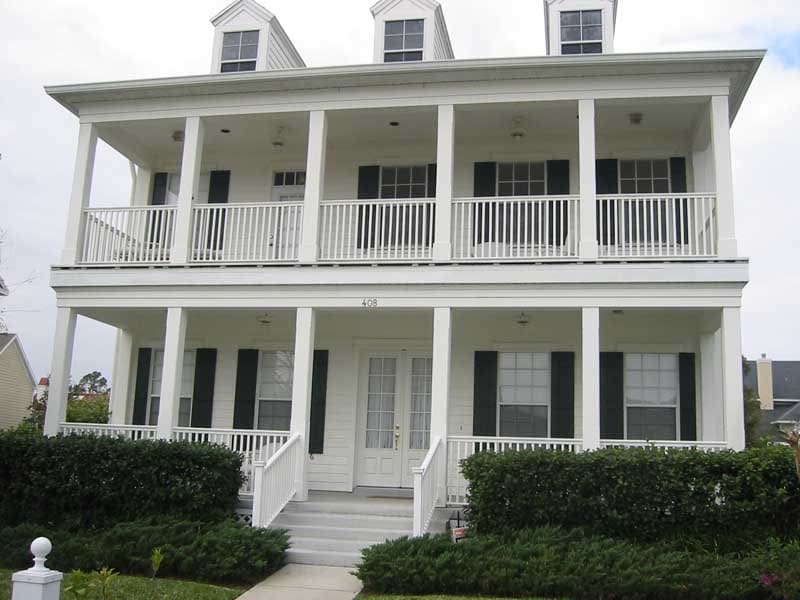10 Dos and Don’ts of Exterior Shutters
Looking for a few tips on outside shutter design – including ordering and maintaining exterior wood shutters? Here are some that have been generated from years of supplying wooden exterior shutter panels to homeowners nationwide.

Don’t leave any uncovered bare wood areas when finishing exterior shutters. Bare spots can absorb precipitation. Do thoroughly paint all surfaces, including joints between components, on the front and back of each wood exterior shutter. Use several coats according to the manufacturer’s recommendations, and allow the exterior shutters to dry completely before installation. ShutterLand does offer fully painted exterior shutters in your choice of nine colors from Benjamin Moore.
Don’t make assumptions or estimate dimensions during the measuring stage of the order process for exterior wood shutters. Windows that appear similar are often different sizes. Do measure the width and height of every window to avoid regrets in the installation stage.
Don’t dispose of old mounting hardware when installing replacement exterior shutters. Do refurbish any hinges, shutter dogs or bolts if possible. Exterior shutter hardware can be pricy and some of the original hardware can work perfectly fine. In fact, the old hardware will help maintain the original character.
Don’t be tempted by lower prices to purchase exterior shutters constructed from inferior woods or materials. Poorly crafted products exposed to the elements will decay quickly and need to be replaced often. Do invest in exterior cedar, red grandis, mahogany or composite shutters that are manufactured for extended service.
Don’t fail to allow reasonable time to manufacture new wood exterior shutters. Homeowners frequently schedule a painter or contractor only to try to obtain outdoor shutters quickly. Exterior shutters should reside on your home for many years. Shortcutting the process to acquire undersized, incorrectly configured, or poorly constructed shutters will prove costly. Do anticipate that made-to-order panels require approximately 4-6 weeks to assemble and up to an additional week for shipping to an American location. Painted exterior shutters take about a week longer.
Don’t allow minor repairs to become major concerns. Do periodically check the condition of exterior wood shutters and siding for chips or cracks in the paint. Touch up affected areas easily with reserved paint.
Don’t install non-functional exterior shutters (panels that are strictly for appearance and do not swing) tight against the building. Do insert a spacer to create a small gap between the exterior shutter and the siding. This will allow moisture to evaporate from this area and not be trapped.
Don’t install functional louvered exterior shutters upside down. Do install exterior shutters with the louvers, or slats, aligned correctly. Movable exterior shutters in a closed position over the window opening will direct rain water away from the home. The louvers will angle down from the inside to the outside of the house. When rotated open to the side of the window, the louvers should appear to point up. Upward facing louvers also conceal space between the louvers to the onlooker, who is often located below or in line with the wooden shutters. The bottom rail of raised panel shutters will either be the same size or slightly larger than the top rail. Stationary, or non-functional, shutters can be installed with the louvers aligned in either direction. Fixed louver shutters are an adapted rendition of panels with movable louvers. The movable variety can be adjusted to any position, making either an up or downward slanted louver correct.
Don’t forget how the house shutters were installed, what equipment was necessary, and the name of the supplier. Do easily document this, or any other, home improvement project with digital pictures for future reference or subsequent owners.
Don’t keep your accomplishment and experience to yourself. Do share with us your outside shutter design success by sending a picture and by posting a review on Google, Houzz or Facebook.
Didn’t find the answer to your question? We love a challenge and welcome original shutter questions.


